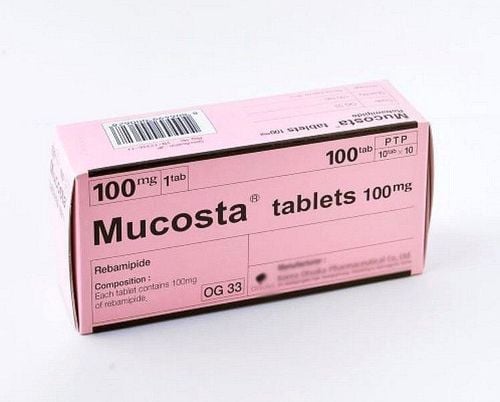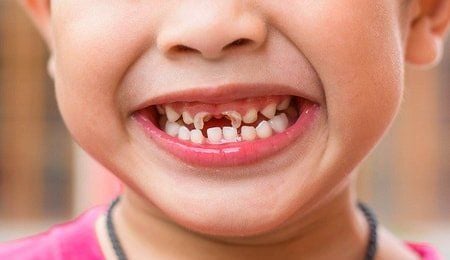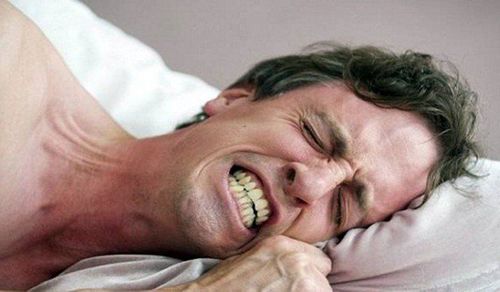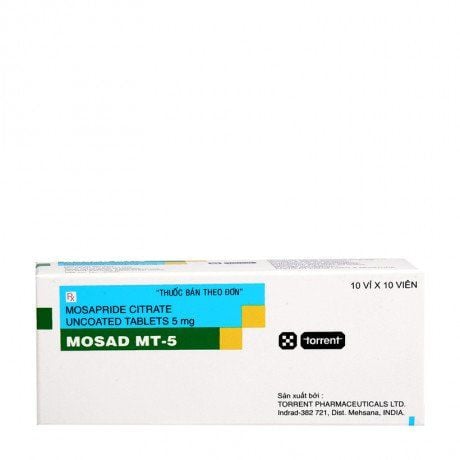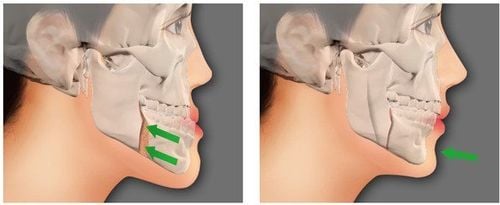This is an automatically translated article.
Tooth wear is a condition in which the structure of the tooth is worn down by a variety of factors that cause aesthetic and functional effects. So what to do with worn teeth and how to fix this situation?
1. Causes of tooth wear
There are 2 main groups of causes of tooth wear:
1.1. Mechanical tooth wear
Causes of mechanical tooth wear come from daily habits or hobbies such as:
Teeth grinding while sleeping causes teeth to wear down the chewing surface in the molars. Improper brushing habits, especially brushing too hard horizontally is also one of the causes of tooth neck wear. Excessive use of carbonated soft drinks such as lemonade, orange juice, mineral water, etc. makes the acid in drinks and foods slowly erode tooth enamel. Patients with acid reflux will have the opportunity to contact the tooth surface causing tooth erosion. In addition, alcoholics are also among the subjects of tooth wear due to an increased risk of vomiting and acid reflux. Using some drugs with acidic pH and having frequent contact with the tooth surface can cause wear such as chewable vitamin C tablets, chewable Aspirin,... Bad habits such as chewing hard objects, biting nails , using teeth to open cork... can crack enamel. People with dry mouth will produce less saliva, which makes the acid stick on the teeth longer and increases the risk of tooth wear many times. Genetic factors can affect the quality or quantity of enamel, making it more fragile and easier to wear.
1.2. Pathological wear and tear
Some diseases can lead to tooth wear such as enamel hypoplasia, diseases affecting the mineralization process that make enamel softer and more fragile than usual, occlusal diseases that cause friction. Excessive gap between the teeth such as eccentric bite, joint pain, joint noise.
2. Methods to solve tooth wear
When the patient comes to the examination, the doctor will carefully consider the condition and depending on the age, the cause, the extent of the lesion, the severity, the patient's cooperation and the sensitive nature of each patient. Patients will have different treatment methods, including:
If the patient has mild, new-onset tooth wear, no signs of sensitivity, then treatment may not be needed. Patients can be encouraged to use fluoride toothpaste and suitable mouthwash to remedy this. If the tooth damage has eroded deep into the dentin layer, the doctor can perform a filling to fill in the missing space. When filling with composite material, the patient must eat and chew very carefully because this material is not guaranteed for durability when biting food. If the teeth wear down the chewing surface and cause a lot of sensitivity during chewing, the patient can choose some of the following methods: Porcelain veneers for 2 - 6 front teeth: This is considered the optimal way to do it. for cases where the front teeth are worn down because porcelain veneers can help lengthen the crowns and help the teeth have a more aesthetic color. The advantage of porcelain veneers is that the grinding of tooth tissue is minimized and the smile will be perfectly tailored for the individual, and the color of the porcelain veneers will not change over time. However, in some cases of bite or misaligned teeth, porcelain veneers will not be suitable. Make porcelain teeth for 2 - 6 front teeth: This is an effective solution when porcelain veneers cannot be assigned to patients because of the above reasons. Porcelain crowns are reconstructed to coincide with the shape of the real crowns to cover the outside of the teeth that are worn on the chewing surface. This is considered as an outer protective layer when the dentin is exposed to limit prolonged sensitivity as well as prevent harmful effects during chewing. On the other hand, porcelain crowns also bring high aesthetics with natural shiny colors without being re-colored like fillings. With today's modern technology, porcelain teeth can also completely ensure chewing function, and at the same time create a natural color and shape that is no different from real teeth with strong strength and high strength, no damage. break, ensure good chewing, wear-resistant, anti-cling to help teeth maintain aesthetics for a long time. Cases of teeth that are too deeply worn may require root canal treatment or extraction. 3. How to limit tooth wear? Some of the following solutions can help you limit tooth wear:
Use a toothpaste containing fluoride to brush your teeth at least twice a day in the morning after waking up and before going to bed. Use a soft-bristled brush of the right size and brush with appropriate force, avoiding brushing too hard. Use aids such as mouthwash, floss, or toothpicks correctly. Immediately after using acidic foods and beverages, rinse your mouth with water, milk or mouthwash containing fluoride. Drinking enough water needed for the body, especially between meals is not only good for health, but also helps to remove food debris and residual acid in the mouth. Use unsweetened and unflavored milk instead of drinks with high sugar content. When drinking acidic drinks, use a straw by placing the straw behind the anterior teeth in the middle of the tongue. After contact with acidic drinks, it is necessary to delay brushing for at least 30 minutes to allow saliva to help neutralize enamel. In summary, when teeth are worn down, the patient should see a doctor so that the doctor will carefully consider the condition and depending on the age, cause, spread of the lesion, severity and sensitive nature of each patient. The patient will receive appropriate treatment.
Please dial HOTLINE for more information or register for an appointment HERE. Download MyVinmec app to make appointments faster and to manage your bookings easily.




